 Institute of Advanced Investment Management
Institute of Advanced Investment Management

Masters Student Investment Fund
About Us
We are the 2024-2025 Master’s Student Investment Fund (MSIF), a fully student-run investment fund at the David Eccles School of Business. Our team is composed of graduate students from the United States, Norway, India, China, and Nepal, pursuing degrees in Finance, Business Administration (MBA), Accounting, Real Estate, Data Analytics, and Information Systems.
We operate as a professional investment firm, structured into investment and operational teams. Our investment teams conduct market research, develop equity trading strategies, backtest ideas, and present investment pitches to our peer-led Investment Committee, where decisions are made by majority vote. Our operational teams manage fund administration, accounting, technology, marketing, transactions, and content management.
From research to execution, we manage every aspect of the fund, gaining hands-on experience in investment management, leadership, and strategic decision-making.
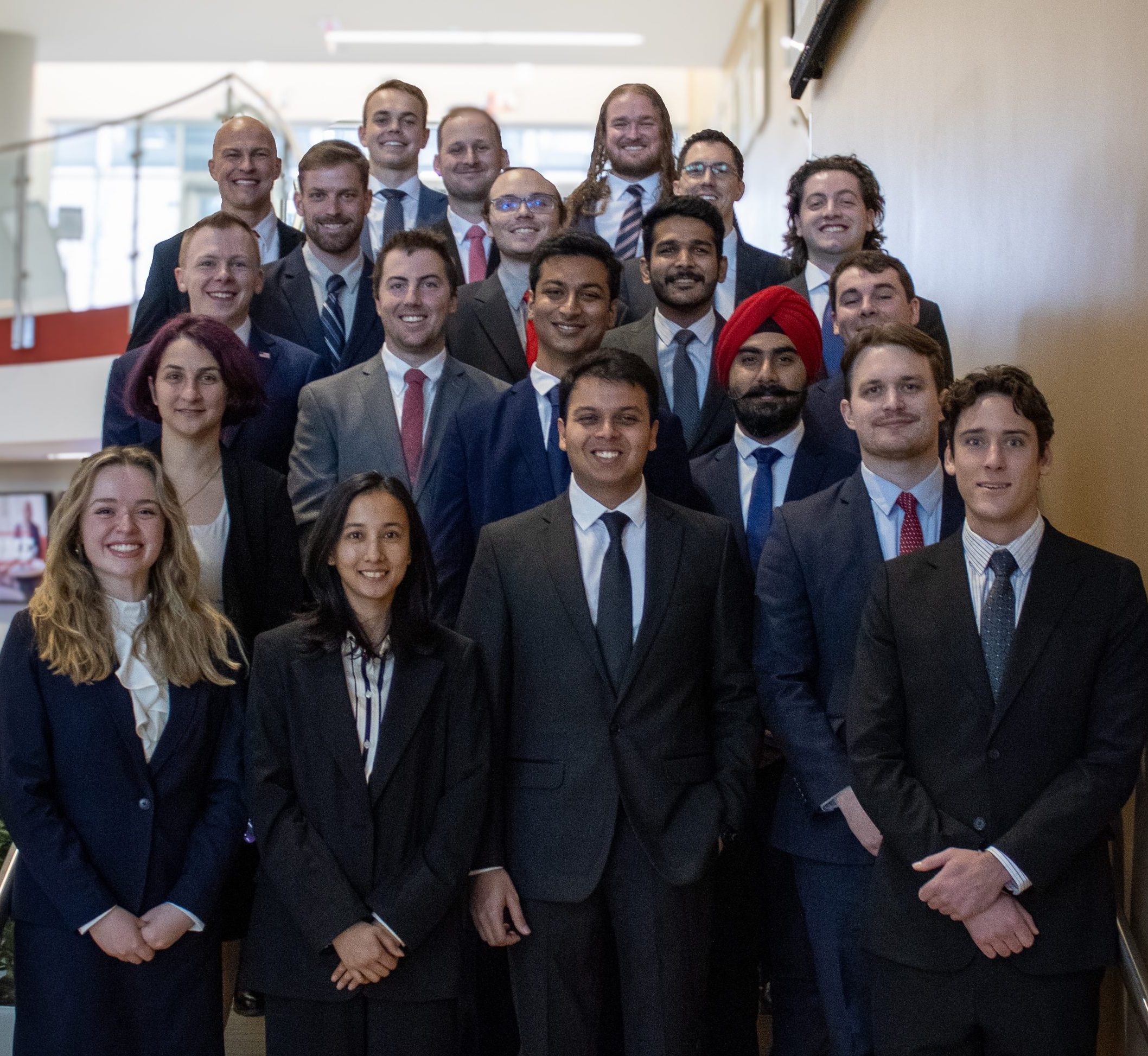
INVESTMENT PHILOSOPHY
MSIF employs a long-only equity strategy, integrating fundamental research, systematic analysis, and macroeconomic insights to construct a risk-adjusted portfolio. While our investment horizon is long-term, we incorporate short-term economic indicators to refine tactical positioning and optimize returns.
Each week, we assess domestic and global market trends, interest rates, currency movements, commodities, and sector performance (1-month and 12-month outlooks) to evaluate their impact on our holdings. Investment decisions are based on data-driven research, ensuring a disciplined and quantitative approach to security selection.
To maintain risk oversight, we conduct weekly portfolio reviews, monitoring sector weightings, exposure limits, and allocation imbalances. Our investment framework prioritizes capital preservation, risk-adjusted returns, and systematic rebalancing to ensure portfolio resilience in evolving market conditions.
FUND PARAMETERS & RISK MANAGEMENT
As portfolio managers, we establish investment parameters to align with market expectations for the academic year, ensuring a structured approach to portfolio construction, performance targets, and risk exposure. These parameters serve as a foundation for decision-making and portfolio governance. While they are reviewed and set at the beginning of each cohort, adjustments may be made in response to changing economic conditions or emerging investment opportunities.
Our risk-return framework balances long-term capital appreciation with active risk oversight, ensuring diversification, systematic rebalancing, and disciplined position sizing.
Performance & Risk Parameters
Performance Metrics
- Total Return Target: 19% – Expected portfolio return based on strategy implementation and market conditions.
- Alpha Target: 2.75% – Measures excess return above the benchmark due to active management.
- Sharpe Ratio: ~1.0 – Evaluates risk-adjusted return relative to total volatility.
- Sortino Ratio: ~1.0 – Focuses on downside risk-adjusted performance.
Risk Management
- Annualized Standard Deviation: 12% – Expected portfolio volatility, balancing risk and return efficiency.
- Beta: 0.7 – Maintained below market beta (1.0) to reduce systematic risk exposure.
- Maximum Drawdown: 20% – Limits potential peak-to-trough losses in market downturns.
- Idiosyncratic Risk Limit: 20% – Caps risk attributable to single-stock or asset selection.
- Treynor Ratio: ~0.15 – Evaluates return efficiency relative to market risk.
Portfolio Constraints
- Single Stock Exposure Cap: 3% – Prevents overconcentration in any individual security.
- Industry Exposure Cap: 20% – Limits sector concentration risk, ensuring broad industry diversification.
- Systematic Strategy Position Limit: 20 stocks – Ensures diversification in quantitative strategies.
- Rebalancing Frequency: Quarterly – Realigns portfolio allocations to maintain target risk exposures.
These parameters define our structured investment process, ensuring disciplined risk management while allowing flexibility in response to market conditions.
Portfolio Managers
Capital Builders Group
Projects and Strategies

MBA & MSF
BYU – Mandarin/Econ
From – San Diego, CA
Darrell Day

MRED & MSF
PSU – Engineering
From – Easton, PA
Fynn Haldeman

MRED & MSF
FSU – Psychology
From – Boca Raton, FL
Kris Long
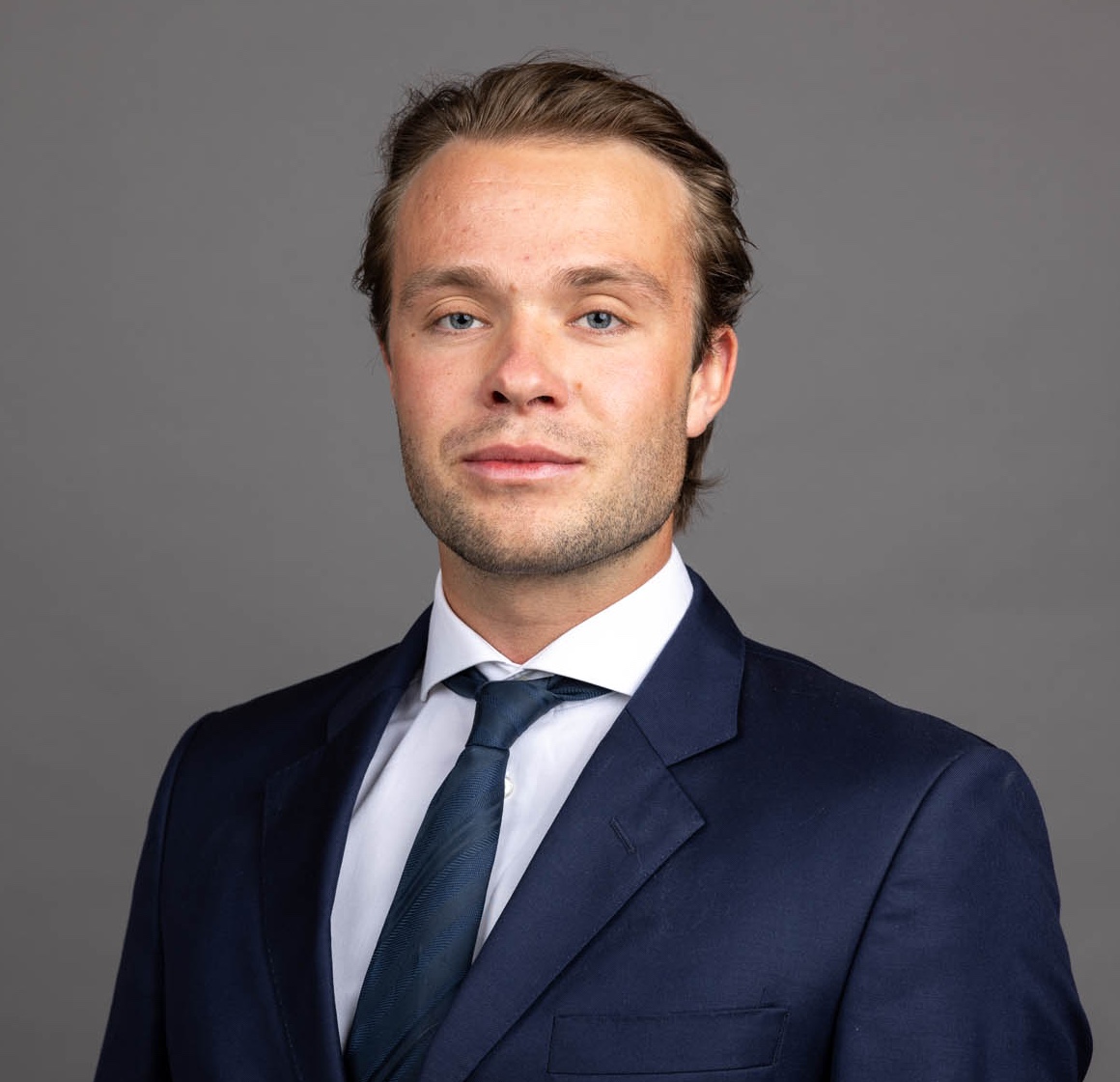
MSF
VGS – Finance
From – Oslo, Norway
Wilhelm Normannseth
Cash Me If You Can (CMIYC)
Projects and Strategies
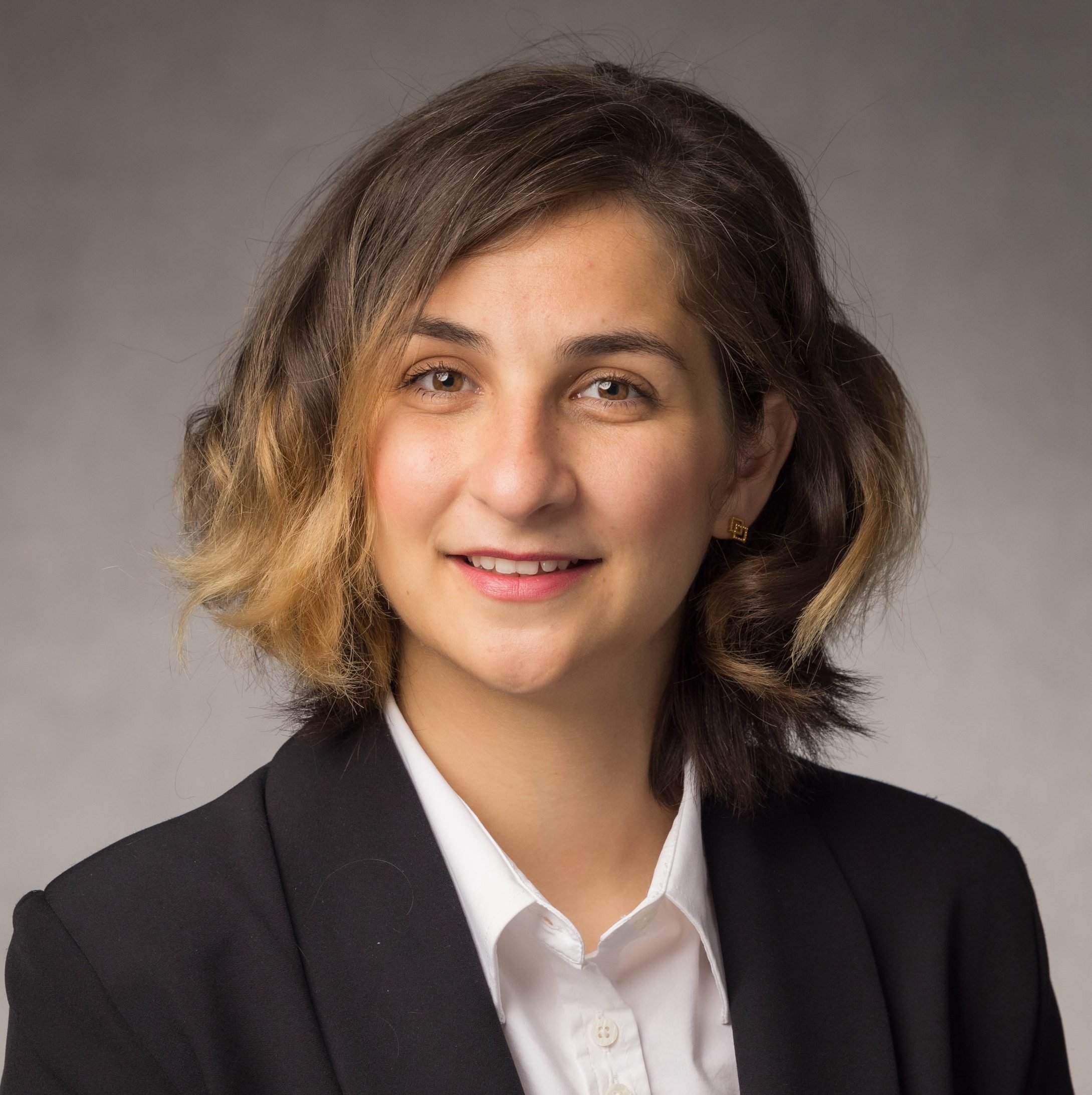
MBA
AUG – Eng. Lit
From – Gaza, Palestine
Yasmin Abuomar

MSF
VT – Engineering
From – Bethel, ME
Cole Benedict

MBA & MSF
U of U – Marketing
From – Santa Rosa, CA
Cody Clifford

MBA & MSF
UVU – Finance
From – West Valley, UT
Jared Webb
Green Day Traders
Projects and Strategies

MSF
U of U – Finance
From – Park City, UT
Ed Enyart
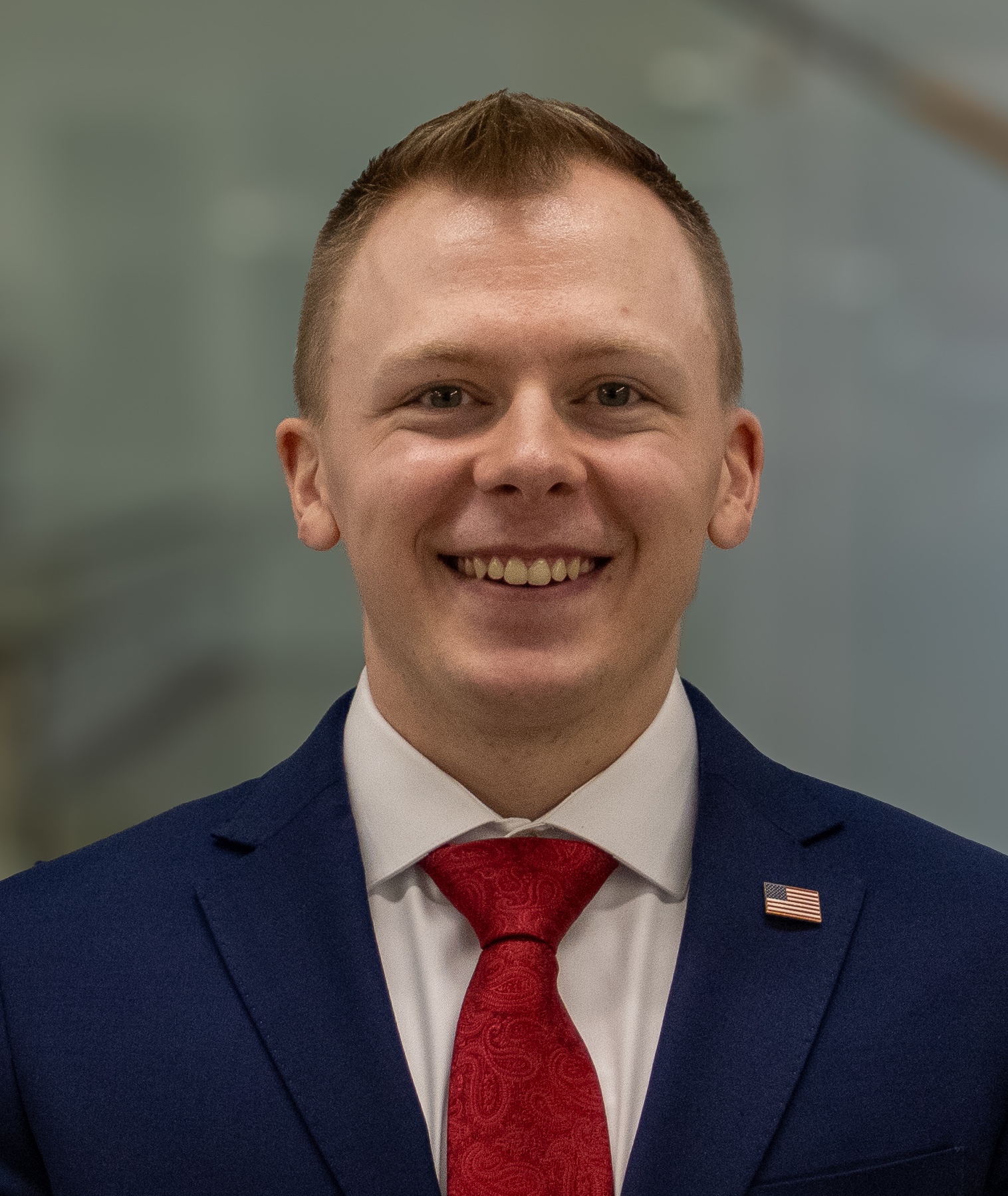
MACC & MSF
BSU – Finance
From – Idaho Falls, ID
Ethan Neff

MSF
U of U – QAMO
From – SLC, UT
Nick Payne

MSF
St. Mike’s – Economics
From – Oslo, Norway
Simen Strand
Market Mavericks
Projects and Strategies

MBA & MSF
IIST – Engineering
From – New Delhi, India
Yash Agrawal
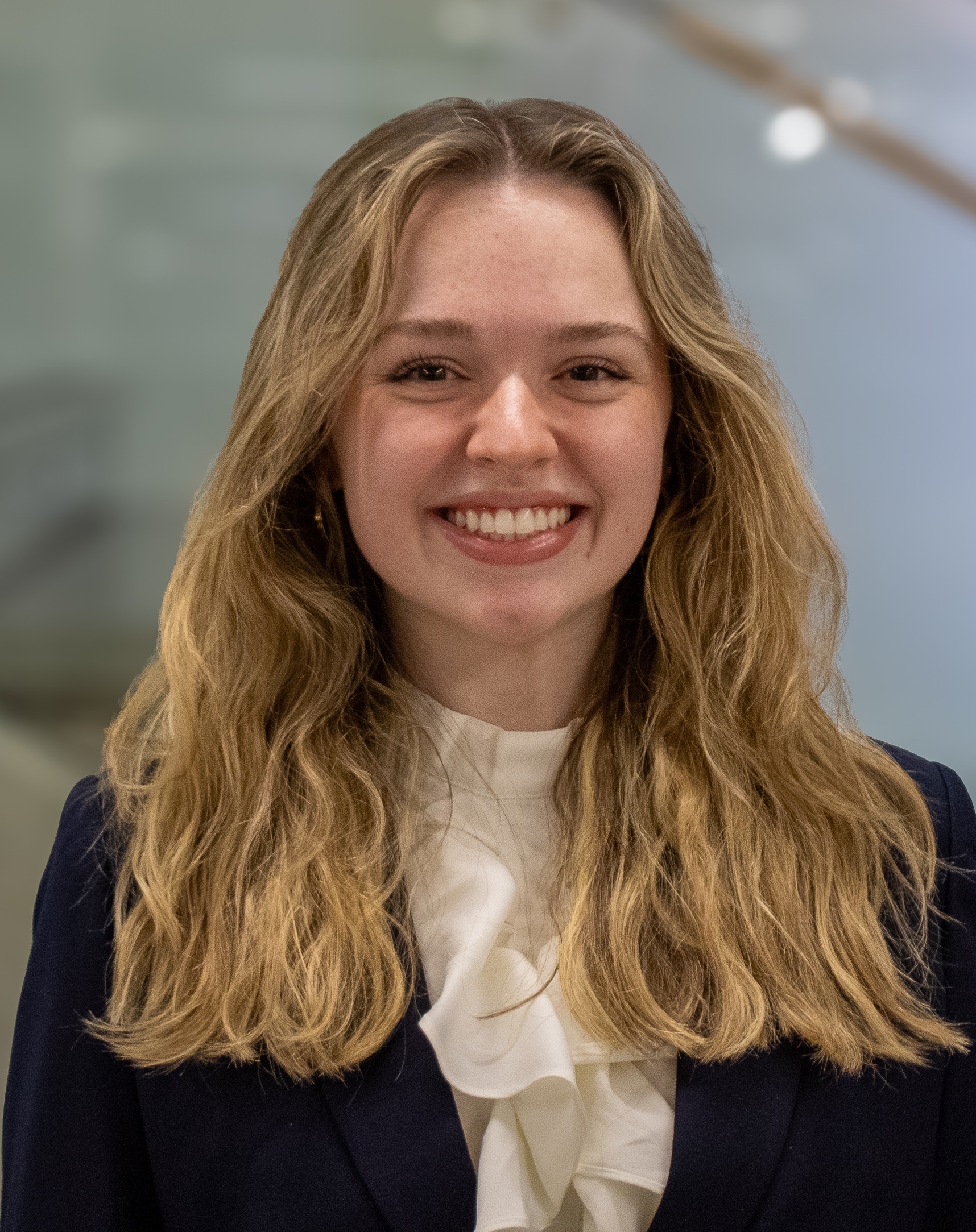
MIAGE
St. And – Bus. Mgt.
From – Shanghai, China
Maggie Crookston
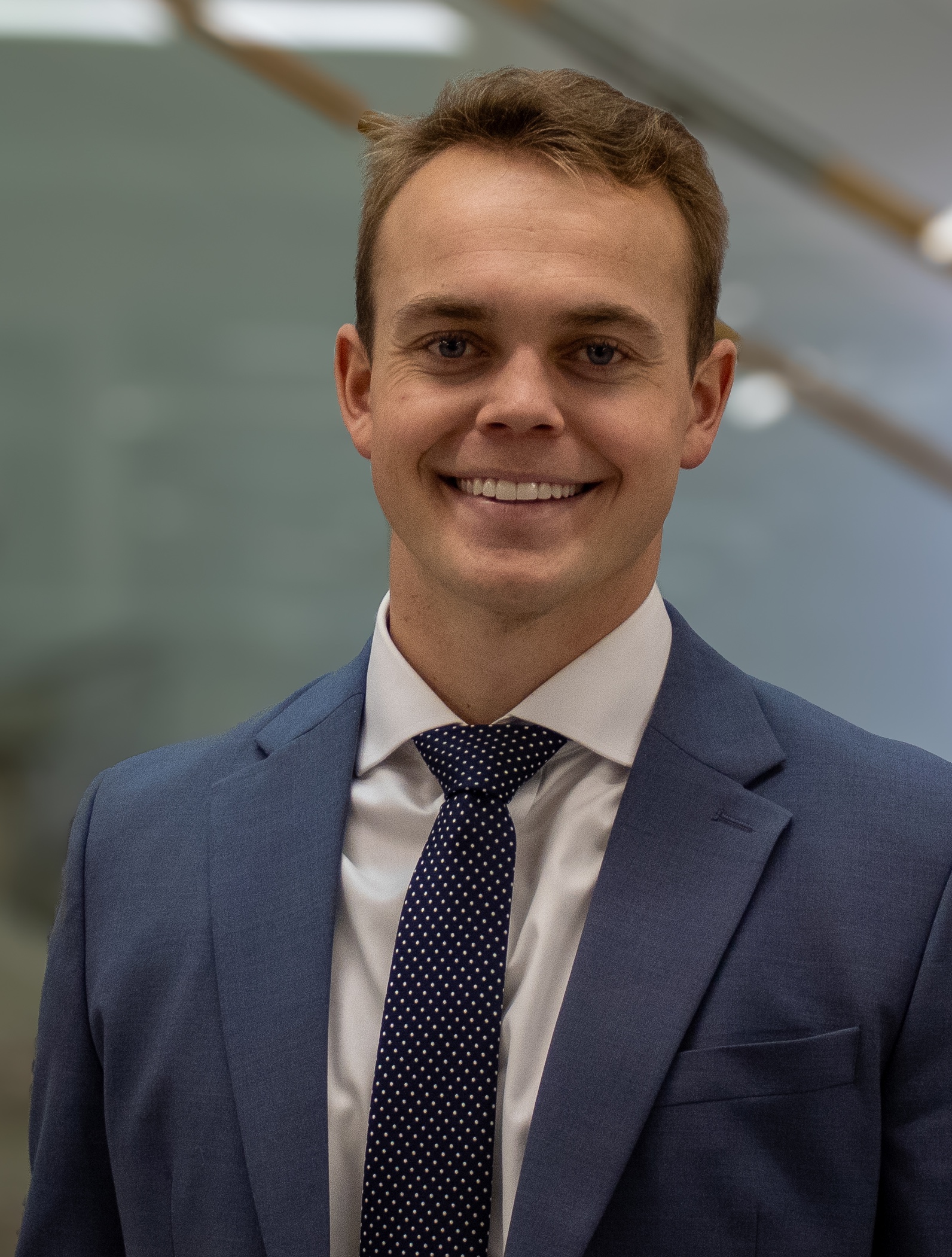
MSF
U of U – Accounting
From – SLC, UT
Stephen Fredrick

MBA
MUJ – Engineering
From – Kanpur, India
Hardik Jain
Profit Prophets
Projects and Strategies

MSF
U of U – Finance
From – SLC, UT
Jackson Ainsworth
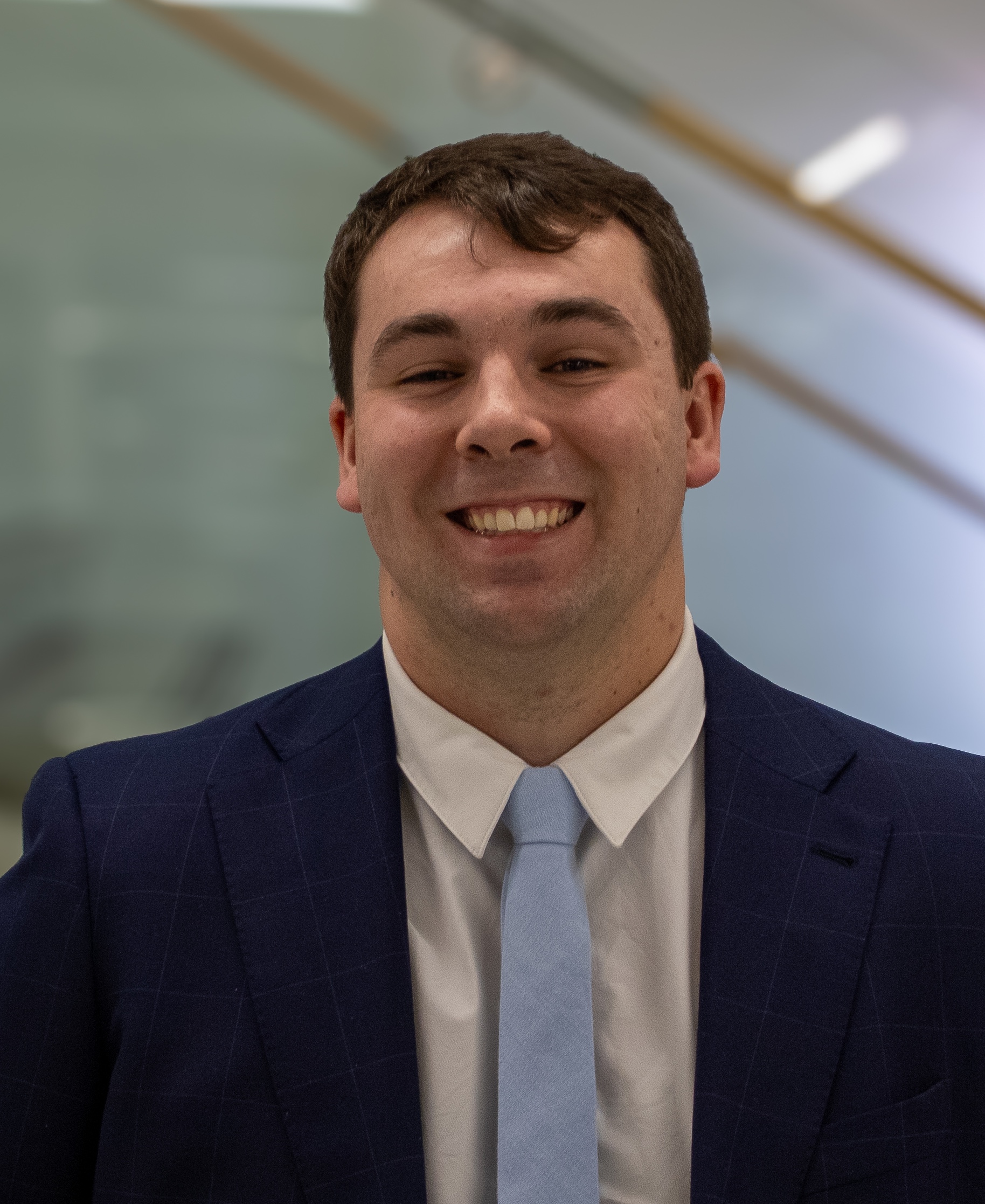
MSF
USU – Kinesiology
From – Columbus, OH
Trevor Johnson

MSF
SIES – Acctg/Finance
From – Mumbai, India
Ishmit Singh Makkar
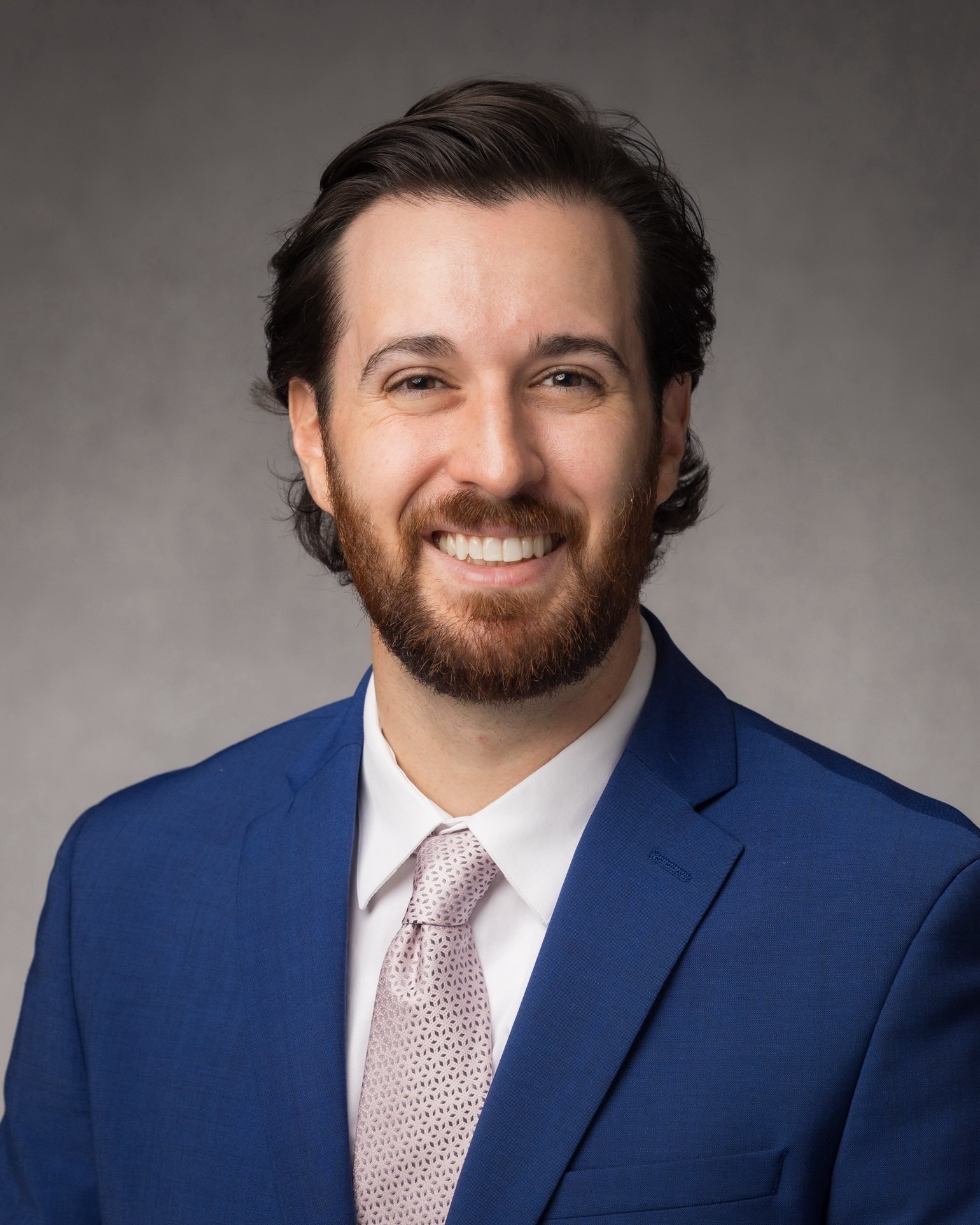
MBA
U of A – History
From – SLC, UT
Ryan Wilson
Team 7
Projects and Strategies
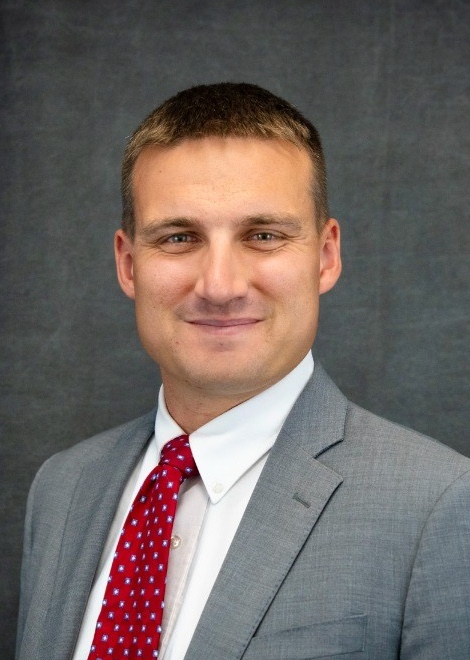
MBA
USC – History
From – Charleston, SC
Michael Hall

MSF
U Grad – Finance
From – Cocoa Beach, FL
Richard Hickman

MSF
KU – Bus. Admin.
From – Gaighat, Nepal
Bisesta Shrestha

MSF
UGC – Acctg/Finance
From – New Delhi, India
Nikhil Raj Singh
Faculty

Dr. Jonathan Brogaard
Professor
